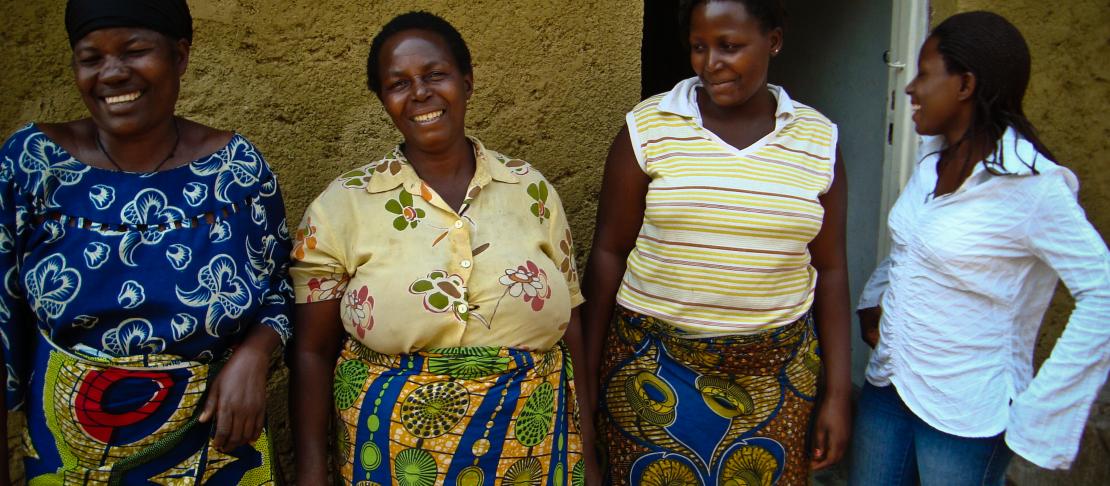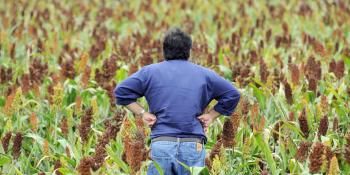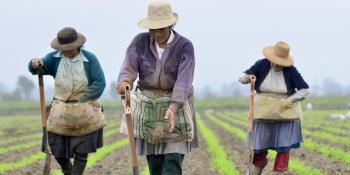Measuring resilience: beyond income and assets to the intangible and subjective

CCAFS joins a consortium aimed at measuring subjective resilience in arid Kenya.
Resilience has become the latest hot topic in the development and disaster risk reduction communities over the past years. Development organisations, aid agencies, international donors and governments have moved beyond talking about the vulnerability of individuals and communities and now focus on their capacities to absorb shocks and to transform their livelihoods by adapting to climate change impacts.
But there is by no means a consensus on what resilience actually is, nor on how it can be measured or improved.
Many experts have proposed definitions and come up with quantifiable indices that include things like income, assets, access to social safety nets, and others.
Yet, what do local communities think? Are these the key components of resilience? What does resilience mean to them, and how can those in academia and research for development factor that into resilience measurement scores? Is there room for a subjective measure of resilience, through which people can assess their own ability to bounce back after a shock?
Understanding local resilience from communities themselves
To learn more, the CGIAR Research Program on Climate Change, Agriculture and Food Security (CCAFS) has teamed up with the Overseas Development Institute (ODI), the Kenya National Drought Management Authority (NDMA), the Kenya Red Cross Society (KRCS), GeoPoll, Aspiration and the Data-Pop Alliance to explore these questions of local and subjective perceptions of resilience.
The partnership received a seed grant from the Global Resilience Partnership (GRP), funded by the Rockefeller Foundation, USAID and the Swedish International Development Agency (SIDA) to design a proposal for a two-year project, studying these issues.
In May and June, the project partners conducted test surveys in Tanzania using mobile phones, held focus group discussions in two communities in Makueni County, a semi-arid area of Kenya, and organised a stakeholder consultation workshop to help inform the design of the two-year project.
For the focus group discussions, CCAFS trained KRCS volunteers to visit two selected communities and talk about what contributes to a household’s ability to recover from stresses and shocks. The discussion was not limited to climate shocks; but aimed at uncovering the full picture of what these households face in their daily lives.
During the discussions, participants also identified resilient households in the community which were then interviewed to get their perspectives on how they maintain and better their lives even in the face of adversity.
Many things that came out of the discussions and household interviews line up with what experts count as contributing to resilience: multiple and diverse income streams (especially non-farm income), asset ownership such as land and livestock, and access to basic needs, like water and affordable health care, among others.
Resilience and links to social ties and agency
Two things that were repeatedly discussed, particularly by the women’s focus groups, and which are not often recognised in 'objective' measures of resilience, were individual agency and social ties.
For example, the Red Cross volunteers collected many stories of women who fell on hard times after a family member fell ill or passed away, leaving them with high medical bills and funeral expenses. Their stories of recovery often centered on their hard work to earn money and get back on their feet, usually as daily laborers on other people’s farms, and the support they received from relatives.
Individual agency and social ties do not usually show up as indicators of resilience, though. Is it because they are hard to observe and hard to quantify? That is likely part of the reason, but another part may also be that those studying the phenomonen are reluctant to admit how little they can contribute to a communities resilience.
Donors and development agencies want to measure the impacts their programs have as a result of diversifying incomes, drilling boreholes, building water pans, and so on, but it is much more difficult to measure whether one has changed someone’s attitude about how much they can help themselves.
Too much repeated aid may even result in creating dependency, leading local communities and individuals to believe that they cannot do anything to help themselves and they need outside assistance.
Adding another dimension to resilience measurements
By listening to local communities and understanding these less tangible aspects of resilience, the project team hopes to build a resilience measurement tool that can complement those that already exist and add another dimension to the resilience debate.
If the two-year project is funded, the team will visit other communities in arid and semi-arid areas of Kenya to discuss the local perceptions of resilience. The project would then use these findings to inform development of a subjective resilience survey, and perhaps start a conversation in those local communities about what can be brought from the outside and what can be built from within to help increase resilience.
Learn more: Experts weigh in on ways to improve resilience measurements for the Horn of Africa
Download workshop report to learn more: Findings from local consultations on resilience in Makueni County. Copenhagen, Denmark: CGIAR Research Program on Climate Change, Agriculture and Food Security (CCAFS).
Laura Cramer works as a research consultant for CCAFS Flagship on Policies and Institutions for Climate-Resilient Food Systems.



